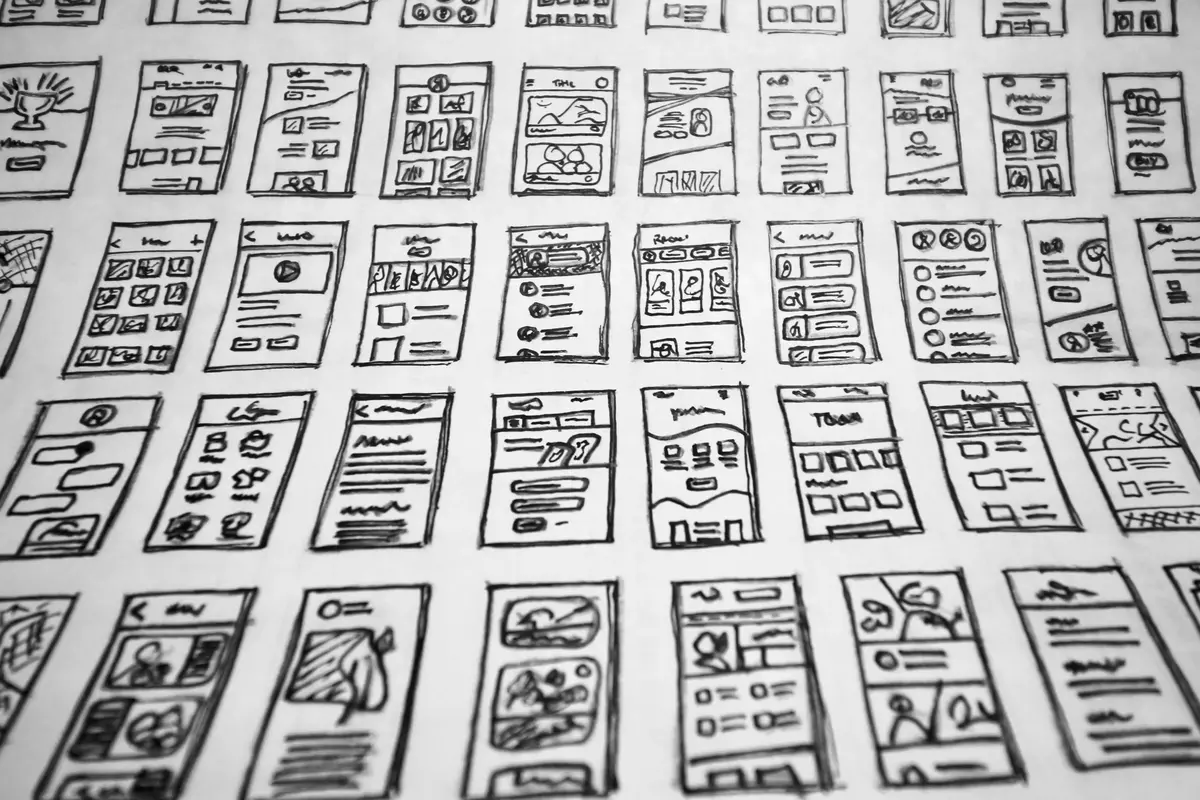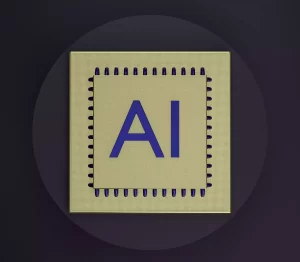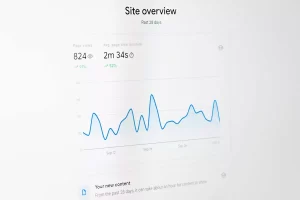This article explores the essential role of microinteractions in web design and how they can enhance user engagement through subtle animations. Microinteractions are the delicate yet profoundly significant elements of a user experience journey, with the potential to shape how users interact with an online platform.
Subtle animations introduce an additional layer of aesthetic pleasure, thus contributing to the improvement of navigation fluidity and the interactive nature of user experiences. By strategically applying these concepts, web design can create more appealing and efficient experiences, leading to higher user retention and achievement of set objectives.
Web design plays a crucial role in capturing attention and maintaining user engagement on an online platform, serving a central role in achieving this objective. Microinteractions, those seemingly minor details such as a subtly pulsating transaction button or a smoothly expanding menu, play a critical role in creating a pleasant and efficient user experience.
One of the frequently used techniques to amplify the level of dynamism and attractiveness in web design is the meticulous integration of subtle animations. These animations, due to their discreet and refined nature, have the ability to generate an enhanced, captivating, and delightfully pleasant visual experience for users, making the website stand out in the virtual crowd.
Importance of Microinteractions
Microinteractions are those elements of finesse that enrich the user experience and provide precise guidance throughout the exploration of an online platform. These microinteractions can cover a diverse range of elements, such as subtle animations for transitioning between pages, subtle visual responses for each user action (such as button presses), and ingenious content navigation approaches that allow for an intuitive and seamless experience.
As an illustrative example, a button undergoing a chromatic metamorphosis or a slight reduction in size upon being pressed can provide users with a convincing sense of active interaction. This visually discernible approach translates into improved user engagement and increased platform retention.
Role of Subtle Animations
Through subtle animations, it is possible to transform interactions that might otherwise seem mundane into captivating, lively experiences with a memorable impact on users. They can help highlight state changes (e.g., from inactive to active) and indicate an action in progress (such as content loading). They can also reduce confusion by clearly indicating the result of user actions.
A commonly encountered example is hover animations, which occur when a user’s cursor hovers over an interactive element. These animations have the ability to emphasize interactivity and encourage users to initiate interactions with the respective components, thus inducing a deeper and more interconnected dynamic between the user and the presented content on the platform.
Impact on User Engagement
Creating a pleasant user experience that is both enjoyable and intuitive can result in a significant increase in user retention and engagement on the platform. Both microinteractions and subtle animations collaborate to shape a conducive framework in which users feel comfortable and are encouraged to delve deeper into their exploration within the platform.
Furthermore, these components play a significant role in reducing user bounce rates and increasing the likelihood of successfully achieving their set objectives. These objectives can range from complex tasks, such as completing a detailed form, to important actions such as completing an online purchase. By creating such an interactive and intuitive framework, users are more inclined to actively engage, explore further, and successfully complete desired actions.
In conclusion, microinteractions and subtle animations are essential elements in modern web design. These seemingly minor details can have a significant impact on how users interact with a website and can greatly enhance their engagement and retention. By carefully applying these concepts, designers can create more appealing, efficient, and memorable user experiences, contributing to the success of websites in a competitive online environment.
Learn about the art of user experience: designs that delight users!
Follow us on social media:
Instagram: https://www.instagram.com/securemenow/
Facebook: https://www.facebook.com/securmenow
We offer Web Design services. Contact us







